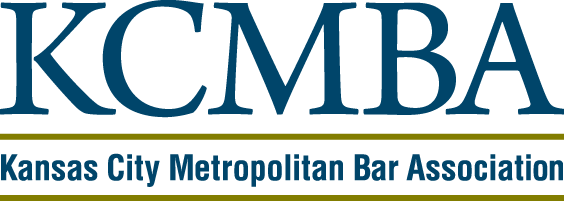
Table of Contents
Confusion on How to Properly Implant C-Qur Mosaic Hernia Mesh.
A recent complaint filed with the FDA regarding Atrium C-Qur Mosaic hernia mesh reveals more problems with Atrium mesh products. A surgeon filed the complaint after a laparoscopic ventral hernia repair in September of 2015. The surgeon inserted the Mosaic hernia mesh laparoscopically, but the coated side of the C-Qur mesh was not observable to the surgeon. The surgeon then removed the mesh due to this complication. The uncoated side of the C-Qur mesh is not to come in contact with the bowel. Other companies color the coated side of their mesh, making placement easy and safe.
The coated side of the C-Qur Mosaic mesh is made smooth. Contact with the bowel is only for the smooth side of the C-Qur mesh. Seeing a change in texture of the C-Qur Mosaic mesh can be difficult, if not impossible, when looking through a scope. Marketing for the C-Qur Mosaic mesh touts its “see-thru clarity.” However, correct placement of the hernia mesh is critical for reducing the chance of adhesions and damage to internal organs. The C-Qur Mosaic hernia mesh utilizes polypropylene. Only one side of the Mosaic mesh has an omega 3 fatty acid coating, the other side is bare polypropylene. Polypropylene can cause damage to organs that it comes in direct contact with. The C-Qur Mosaic hernia mesh hurts patients when implanted with the polypropylene side touching the organs.
Why a Change in the Coatings Appearance?
Various types of C-Qur meshes have different amounts of fish oil applied to them. More complications were being reported on C-Qur meshes that had larger amounts of fish oil. The recalled C-Qur Edge had the most fish oil of any C-Qur hernia mesh. The C-Qur Mosaic has about 25% of the fish oil that a standard C-Qur hernia mesh has. The lower amount of fish oil resulted in a changed in the appearance of the hernia mesh. The C-Qur FX is another design that Atrium introduced with less fish oil on the polypropylene.
Atrium’s response to the design defect of the C-Qur Mosaic hernia mesh.
Atrium responded to the complaint indicating that they had previously changed the label on the Mosaic hernia mesh, instructing surgeons to place the smooth side of the mesh against the visceral surface due to a similar complaint. Atrium also stated that the specific mesh used had passed all inspections and testing for safety and sterilization. Despite multiple surgeons reporting the same problem, Atrium has not made any design changes to the C-Qur Mosaic hernia mesh.
C-Qur Mosaic hernia mesh hurts patients, the Hollis Law Firm helps them.
Atrium has had a host of problems with their C-Qur hernia mesh products. The company received 35 individual complaints of human hair on “sterile” devices. Our hernia mesh lawyer has uncovered that Atrium also received complaints regarding the Omega 3 Fatty Acid gel that coats all C-Qur mesh products. The Hollis Law Firm reviews claims for people injured by the C-Qur hernia mesh. We are here to answer questions and help you receive the compensation you may be entitled to. All case reviews are confidential and free of charge. Call today at (800) 701-3672 for a free C-Qur hernia mesh lawsuit evaluation. Visit our general hernia mesh lawsuit page for information on other dangerous hernia meshes.














